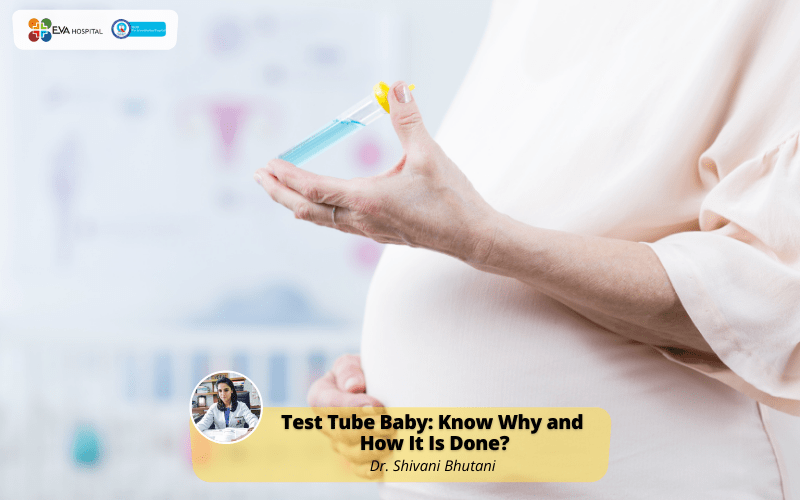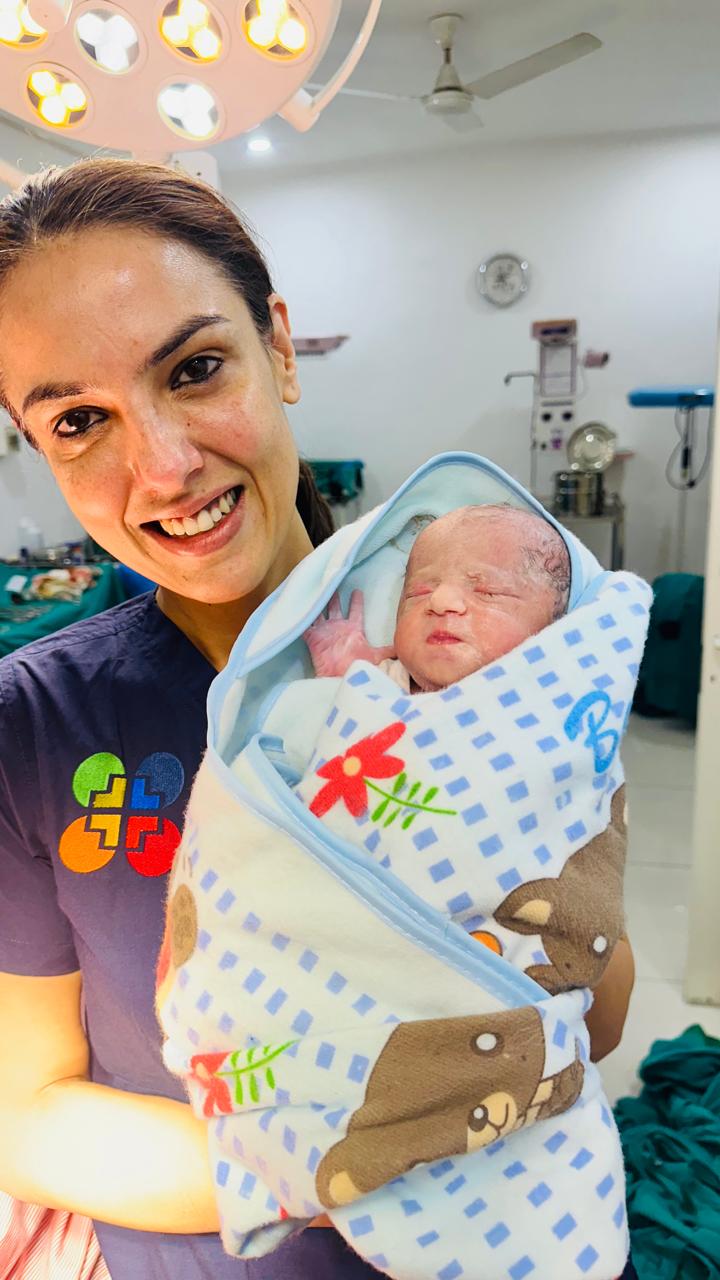What is Test Tube Baby
The conception of a child outside the mother’s uterus is referred to as the Test tube baby. The term was first used in 1978 when the first human egg was fertilized outside of the human body.
The technique of the best test tube baby center is referred to as IVF, Louise Joy Brown, being the world’s first IVF or Test tube baby.
However, test-tube babies are not actually developed in a test tube. In fact, test tubes are no more a part of the modern IVF process.
The egg is fertilized in a petri dish in IVF and when the embryo is between three and five days old, it is transferred to the uterus.
Why Is a Test-Tube Baby Recommended?
Couples who have been trying for over a year to conceive without any success are usually recommended to consider this treatment.
Consultation with the best gynaecologist in Ludhiana like Dr. Shivani Bhutani, is of extreme importance to find out the cause of infertility to be correctly diagnosed so that the right treatment can be given.
Test tube babies or IVF are usually recommended for infertility related to the following problems:
Damaged fallopian tube: The fallopian tube is the way taken by an embryo to reach the uterus. A blocked, scarred, or damaged fallopian tube can cause an obstacle in the path of fertilization.
Endometriosis: An overgrowth of the tissue outside the walls of the uterus is called endometriosis. It can cause a dysfunction in the working of the uterus, fallopian tube, and ovaries, creating a hindrance to a woman getting pregnant normally.
The problem in ovulation, or PCOS:
Less number of eggs produced by the ovary or the eggs being of a lower quality, due to an issue like PCOS, can be one of the reasons for infertility. Healthy eggs are one of the biggest prerequisites for fertilization.
Tubectomy: For the woman who has had her fallopian tubes ligated in the past but now wishes to get pregnant, IVF treatment or test tube baby is the technique that can be opted for.
Low sperm count: Inability to produce enough healthy sperm can lead to infertility. Test tube baby is one of the most effective solutions to this problem.
Genetic issues: Some parents opt for this treatment to avoid genetic problems being passed to the offspring.
What Is the Process of a Test Tube Baby?
Ever since the first successful attempt in 1978, many advancements have been made to the technique of IVF, but the basic technique remains the same.
- Hormonal Therapy: The mother is first given hormonal injections to promote the growth and maturation of the follicles, and the final maturation of the eggs is achieved by injecting the HCG thirty-six hours before the egg collection.
- Collection of eggs from the ovary: A mild sedative is given to the woman so that she doesn’t feel any pain or discomfort. Using an ultrasound vaginal probe with a fine hollow needle attached to it, the fertility specialist then retrieves the eggs from the woman’s ovaries. The retrieved eggs are then immediately taken to the laboratory.
- Semen is obtained: On the very same day of the eggs being retrieved, the father or the donor is required to give a fresh semen sample.
- Eggs and sperm combined: The mixing of the sperm and eggs is done in a Petri dish, and then they are put inside an incubator for a few days. The fertility specialist checks for any signs of fertilization and growth of the embryo from within the incubator.
- Embryo transfer: The two or three embryos are finally transferred inside the woman’s uterus, using a fine catheter. The surrounding of the uterus is made adaptable for the further growth of the seed by making the uterine lining thick. Progesterone or HCG is advised for the purpose.
Does the Test Tube Baby Technique Cause Any Side Effects?
The dilemma of undergoing this treatment often comes along with the desire to have a family, for most people.
Dr. Shivani Bhutani Best IVF Specialist in Ludhiana, says that though the IVF technique can be overwhelming for both parents, it is risk-free and the best way to accomplish the dream of parenthood. By taking care of one’s health and daily routine, this treatment can have a very high success rate.
However, like every treatment, this treatment also has some risks and cons, like
- Sometimes the transfer of more than one embryo can result in multiple births.
- The baby may have a low birth weight. There is also a chance of premature delivery.
- Miscarriages have been reported only in the increased maternal age.
- Infection during the process of the retrieval of the eggs is possible, though extremely rare.
It is imperative to mention here that the risks to the treatment are manageable, and the perks of the treatment far outweigh these small, negligible risks.
Our Doctor’s word
The term “test-tube baby” is used for the babies conceived in a laboratory through the scientific process of in vitro fertilization (IVF).
The eggs and sperm are mixed in a Petri dish, and in fact, there is no test tube used during the whole procedure. There is actually no difference between IVF and a test tube baby.
It is one of the most sought-after treatments by couples experiencing infertility due to various issues.
Dr. Shivani Bhutani at EVA Hospital says that it is the duty of a fertility specialist to provide relevant knowledge about technologies and the latest medical advancements in fertility treatment to their patients. The right choice of doctor and treatment can maximize one’s chances of pregnancy.
Contact Eva Hospital today for a personal consultation or book an appointment with Dr. Shivani Bhutani at EVA Hospital Ludhiana


















